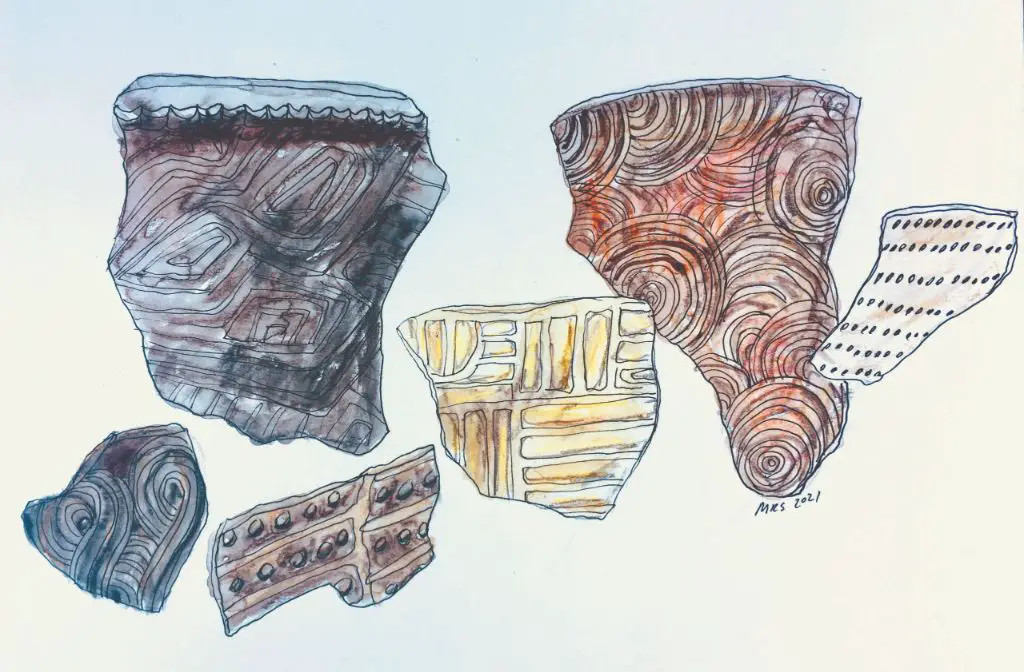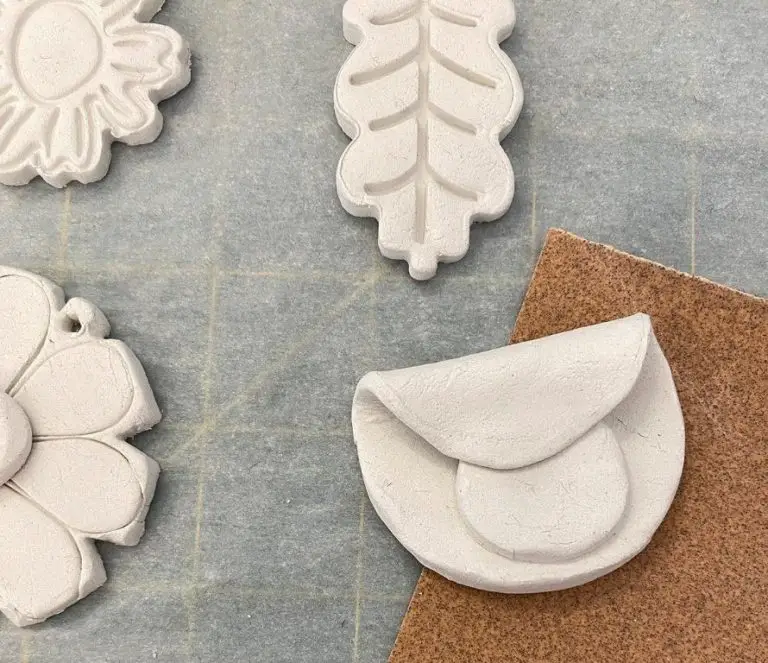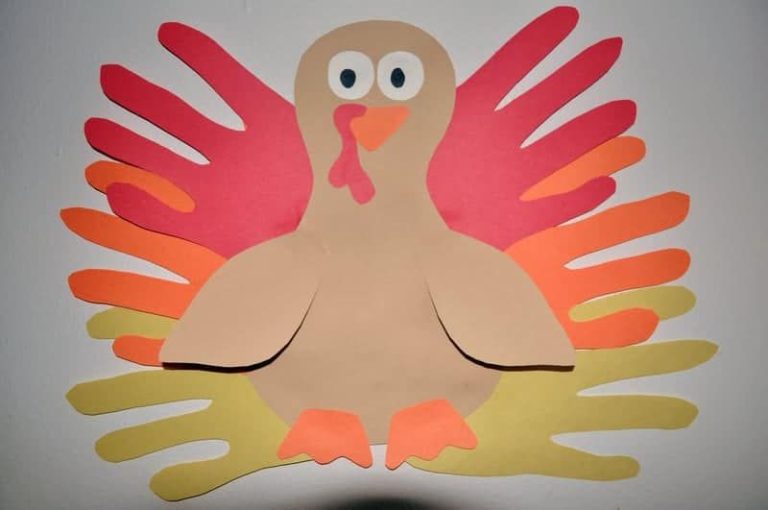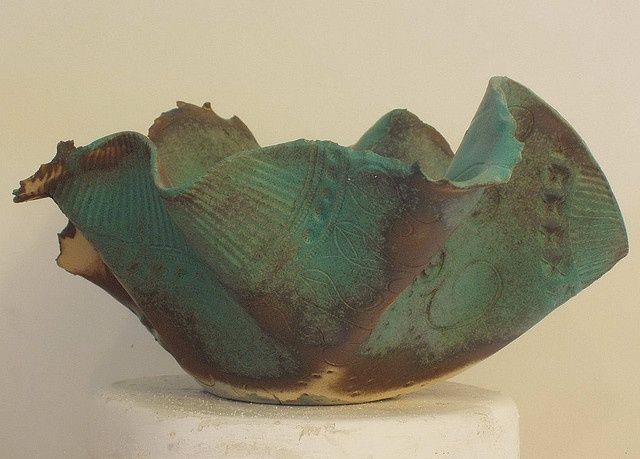What Is The Sheaf Pottery Shard Supposed To Be?
What Are Sheaf Pottery Shards?
Sheaf pottery shards, also known as pottery sherds, are broken pieces of pottery that can be found in the Minecraft video game. In Minecraft, sheaf pottery shards are decorative items that are used to craft ornamental pots, vases, and other vessels.
Specifically, sheaf pottery shards refer to a set of 20 unique shard designs that each have different patterns and details. Individually, the sheaf pottery shards do not serve a purpose other than decoration. However, when combined together in groups of 4 matching shards, they can be used to craft decorative pots, vases, and banners.
The main defining feature of sheaf pottery shards is their ability to be combined into decorated pottery items. Their fragmented state and intricate details give them an ancient, archaeological feel. Sheaf pottery shards allow players to create customized decorative pottery objects in various styles.
In summary, sheaf pottery shards are broken pottery pieces that can be collected and pieced together in groups of 4 to create ornamental pottery items in Minecraft. Their fragmented state and intricate details are hallmarks of the sheaf pottery shard items.
Origins and History
Sheaf pottery shards originated in the Minecraft universe, first being introduced in the 1.19 “The Wild Update” in June 2022 (Pottery Sherd – Minecraft Wiki – Fandom). They are fictional items that do not have any real-world historical origins.
In the Minecraft world, sheaf pottery shards are ancient artifacts that can be found buried underground in archaeological sites. Their fragmented state indicates they are remnants of once-whole decorated pottery vessels used by ancient civilizations in Minecraft. Each distinctive shard design and patterning suggests it was part of a unique decorated pot with important cultural meaning. Archaeologists in Minecraft are still working to reconstruct and decipher the original decorated pots these shards came from as a way to learn about pottery-making techniques and cultural practices of ancient Minecraft civilizations.
Though fictional, sheaf pottery shards allow players to engage with principles of archaeology, history, and material culture analysis as they dig up these artifacts across generated Minecraft worlds. As valuable artifacts, they prompt questions about the nature of the past civilizations that created the original decorated pots, and allow players to reassemble and preserve remnants of Minecraft’s imagined history through the pottery shard collecting and crafting gameplay mechanic.
Manufacturing Process
Sheaf pottery shards in Minecraft were handmade using clay, likely sourced locally where the potters lived. The clay would be collected, cleaned, and prepared before crafting the pottery. According to the Minecraft Wiki [1], the manufacturing process involved:
- Kneading and wedging the clay to remove air bubbles and create an even consistency.
- Shaping the clay on a wheel or by hand to form the desired vessel shapes.
- Letting the shaped clay pieces dry fully before firing.
- Firing or baking the dried clay in a kiln at high temperatures to harden and set the clay.
- Allowing the fired clay to cool fully.
- Decorating the finished fired vessels using glazes, paints, or carvings.
- Breaking or cutting finished vessels to create the pottery shards.
The firing process was crucial for hardening and strengthening the clay. Kilns could reach over 1000°C to permanently set the clay through sintering and vitrification. Firing allowed the shards to better survive burial and decay over time.
The manufacturing process required patience and skill. Each shard went through an extensive creation and firing process before being decorated and used by the Minecraft ancients. The shards provide a window into the past pottery making traditions.
Archaeological Significance
Sheaf pottery shards are highly significant archaeological artifacts that provide valuable insights into ancient cultures and civilizations. The presence of sheaf pottery shards at an archaeological site indicates that people lived and worked in that location during the time period when sheaf pottery was produced and used.
According to the Patternsofevidence.com article “Pottery Sherds in the Dirt – Part 2” https://www.patternsofevidence.com/2021/01/28/pottery-sherds-in-the-dirt-2/, sheaf pottery sherds help archaeologists reconstruct pottery vessels and understand manufacturing techniques. Analyzing sherd thickness, color, texture, and design motifs provides clues about the age of the site and technological advancement of the inhabitants.
The abundance and variety of sheaf pottery shards found at a dig site point to the size of the ancient population and diversity of cultural influences. Tracking changes in sheaf pottery styles over time is also useful for establishing regional chronologies.
Additionally, the geographic distribution of distinctive sheaf pottery styles helps archaeologists trace ancient trade networks and interactions between tribes/civilizations. The durability of sheaf pottery allows shards to remain intact for centuries, making them invaluable artifacts for learning about daily life and crafts in ancient societies.
Notable Examples and Discoveries
One of the most notable discoveries of sheaf pottery shards comes from the Scottish island of Canna in the Inner Hebrides. A shard excavated in 2021 revealed a 5,000 year old fingerprint, believed to be the oldest fingerprint ever found in the United Kingdom. The discovery provides insight into Neolithic craftsmanship and indicates the pottery was handmade.
Another significant finding occurred in 2020 during excavations at the Early Bronze Age settlement of Must Farm in Cambridgeshire, England. Archaeologists unearthed over 180 sheaf ware pottery sherds which enabled researchers to gain a better understanding of the community and its connections to other areas where sheaf pottery was produced. The quantity and variety of the shards stood out as an exceptional discovery.
In Ireland, a 2018 study of Corlea Trackway bog near Longford analyzed pieces of sheaf ware pottery found throughout the area. The findings traced the pottery back to the Early Bronze Age, shedding light on the lives and culture of Ireland’s first farming communities between 2,400 and 1,800 BC.
Other remarkable sheaf pottery discoveries have provided insights into craft techniques, revealed decorative patterns and artwork, and enabled archaeologists to establish timelines and connections between disparate archaeological sites. The artifacts continue to be an important window into understanding past cultures and peoples.
Geographic Distribution
Sheaf pottery shards have been discovered in archaeological sites around the world, providing clues about ancient civilizations and trade routes. According to Minecraft Wiki, sheaf pottery shards can be found within blocks of suspicious sand and suspicious gravel in the Minecraft video game. This indicates their presence across sandy regions and along old river beds in the Minecraft world.
In the real world, sheaf pottery shards have been unearthed across Europe, Asia, Africa, and the Middle East. Significant finds have occurred in ancient population centers like Egypt, Mesopotamia, China, and the Indus Valley. The wide distribution demonstrates the popularity of sheaf-designed pottery in early human settlements globally. Expert analysis of chemical composition and manufacturing techniques provides insights into trade and cultural connections between ancient civilizations.
Ongoing archaeological excavations continue to uncover sheaf pottery shards in new regions and context. Careful study by researchers elucidates their origins and purpose while shedding light on the lives of past societies. The global presence of these iconic shards speaks to the timeless appeal of the sheaf motif in human craftsmanship and culture.
Sheaf Pottery Shard Designs
Sheaf pottery shards come in a variety of common shapes, patterns, and decorative styles. The most common shapes are triangular, square, rectangular, and circular shards.
The shards often feature geometric patterns like diamonds, zigzags, dots, and stripes. These repeating designs were created using crafted stamps or by incising lines and shapes into the wet clay before firing.
Sheaf pottery shards could also be decorated with burnished surfaces, painted designs, or impressed textures. Burnishing created a polished look by rubbing the surface with a smooth tool. Painted designs featured colors like red, black, and white. Impressing textures into the shards was done with tools, fingers, or other objects.
When complete sheaf pottery vessels were reconstructed in museums, the array of shard shapes, colors, and textures allowed for vibrant mosaics and collage-like designs. The diversity of decorative options found on sheaf pottery shards gave each restored artifact a unique handcrafted look.
Key decorative styles seen on sheaf shards include the Earlier Unstan Ware style from around 600 CE featuring distinctive stamped circle designs, and the Pictish style after 700 CE known for more stylized animal motifs and symbols.
Preservation and Conservation
Sheaf pottery shards require careful preservation and conservation efforts to maintain their integrity over time. As ancient artifacts, they are fragile and susceptible to damage from improper handling, storage, and display.
Museums and collections aim to prevent further erosion, chipping, cracking, or other physical degradation of sheaf pottery shards. Controlled temperature, humidity, and light levels are critical. Storage in acid-free boxes with inert cushioning materials is standard. Any direct handling requires gloves to prevent skin oils and dirt from causing stains or abrasions.
Before display, conservators may opt to gently clean shards with soft brushes or low pressure air. Adhesives are avoided. For more damaged pieces, gaps and losses may be filled with reversible, inert materials to restore structural integrity. Mounting on acid-free boards or platforms helps support the shards during exhibition.
Ongoing monitoring of all environmental conditions and periodic condition checks enable early intervention if any problems arise. With proper care, sheaf pottery shards can survive intact for study and appreciation by future generations.
Modern Significance

Sheaf pottery shards remain culturally relevant today in several ways. Archaeologists continue to study and analyze shards to gain insights into past cultures and civilizations. Museums display notable examples in exhibits to educate the public. Collectors seek out interesting or rare shards. Many people enjoy searching for shards as a hobby, connecting with history through personal discoveries.
Sheaf shards also hold artistic significance. Modern potters recreate sheaf designs and shapes as an homage to ancient techniques. Shards are incorporated into mosaics, jewelry, and sculptures as decorative elements. Their colors and textures inspire paintings, photography, and other visual arts. Some view sheaf pottery as an early form of graphic design, analyzing the symbolism and composition of the patterns.
Indigenous communities feel deep cultural connections to sheaf pottery and shards found on ancestral lands. They aid understanding of spiritual practices, trade relationships, food culture, and more. Repatriation efforts seek to return significant artifacts to descendant communities. Overall, sheaf shards provide tangible links to heritage and traditions that remain meaningful today.
References/Further Reading
For more information on sheaf pottery shards, here are some helpful resources:
Pottery Sherd – Minecraft Wiki – Fandom. This Minecraft Wiki article provides an overview of pottery sherds in Minecraft.
Pottery Sherd. More details on the sheaf pottery shard item in Minecraft.
Reddit threads like “Sheaf pottery shards references” discuss where to find sheaf shards.
Minecraft forums and blogs explain how to combine pottery shards and use pottery shards.
YouTube videos demonstrate where to find pottery shards and how to use them in Minecraft.




